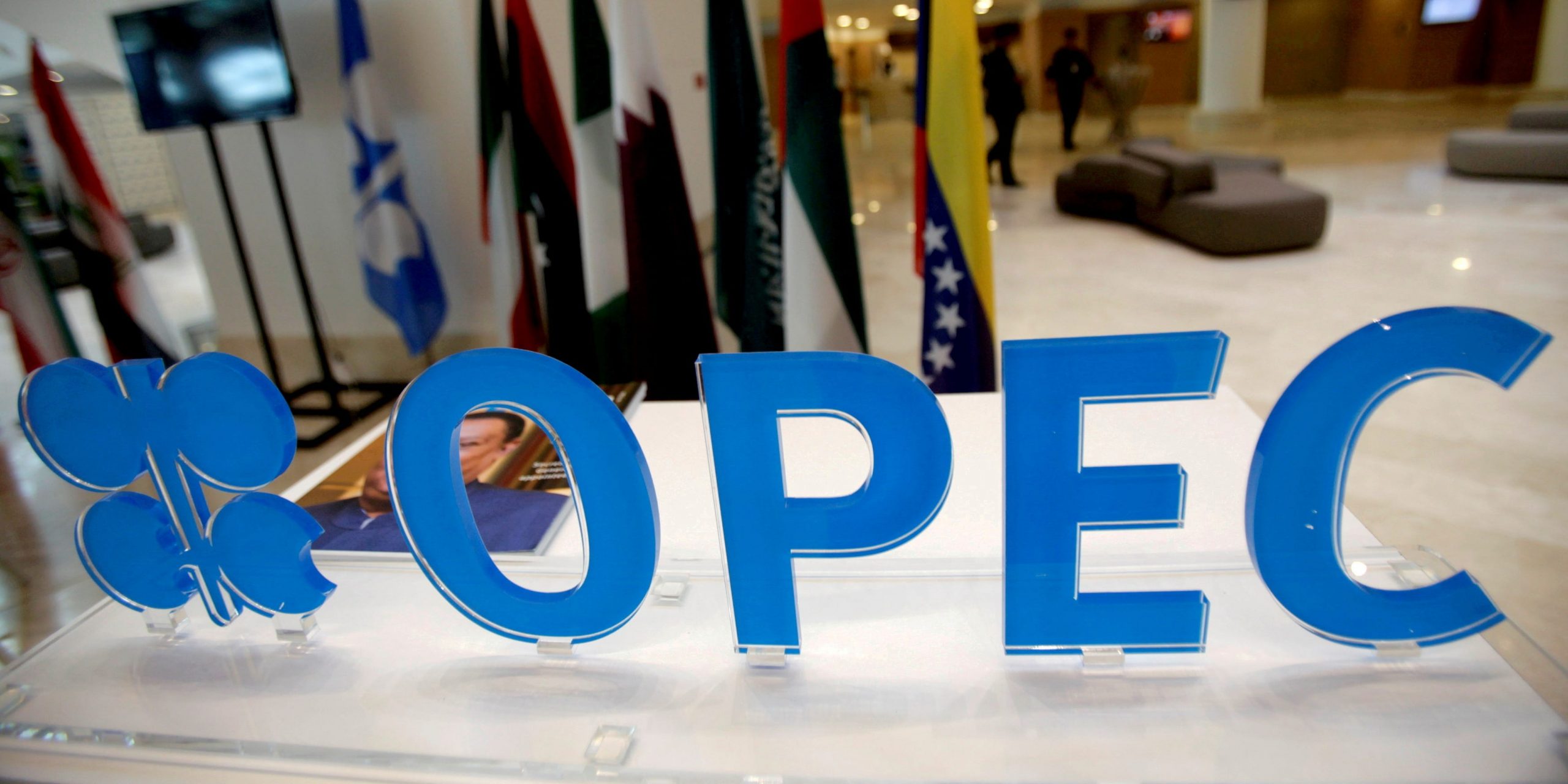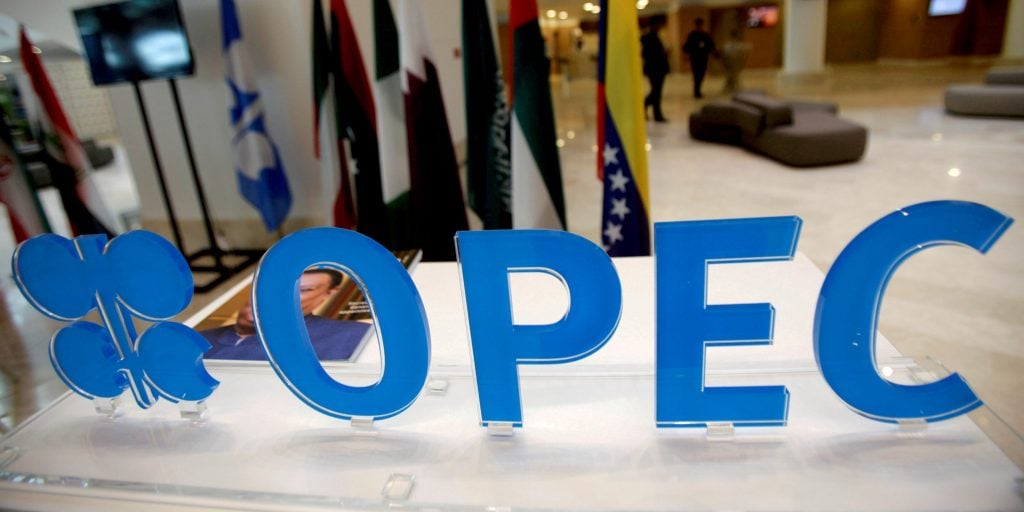
- OPEC's control over the supply of oil will catapult prices to $150 a barrel in 2023, JPMorgan said in a Monday note.
- "We believe OPEC+ will defend the oil price with paced volume growth to keep inventories low," JPMorgan said.
- The bank doesn't see the new Omicron variant of COVID-19 putting a dent into demand for oil.
Rising oil prices are here to stay according to JPMorgan, with the bank estimating that Brent prices could hit $150/bl in 2023 as the OPEC+ cartel control supply and defend higher prices.
That means the Biden administrations release of strategic petroleum reserves will have little impact on the underlying price of oil, as was made clear in the initial price reaction in oil last week after the government flooded the market with 50 million barrels.
The main driver behind oil prices is supply and demand. And while the Omicron COVID-19 variant put a dent into oil prices on Friday, with investors fearing that potential country lockdowns would reduce travel and therefore lower demand for oil, JPMorgan viewed that price move as an overreaction.
"We believe the market may overestimate the impacts of the recent emergence of the Omicron variant of COVID-19 on oil prices during the US holiday period," JPMorgan said in a Monday note, inferring that there will be little to no slowdown in holiday travels even as the Omicron variant spreads.
With demand for oil likely to remain steady, supply will remain the key driver behind oil prices for years to come. And with OPEC+ "being firmly in the driver's seat for oil prices," JPMorgan thinks Brent will hit $120/bl in 2022, and could even overshoot to $150/bl in 2023, representing potential upside of as much as 100% from current levels.
"We believe OPEC+ will defend the oil price with paced volume growth to keep inventories low, markets in balance and reservoirs well managed," JPMorgan explained.
Increased supply from US-based oil producers could help put downward pressure on oil prices, but the US oil rig count is at about half what it was in 2019, and investments back into the sector have been slow ever since oil prices briefly turned negative amid the onset of the pandemic in 2020. That's a recipe for rising oil prices, at least until US oil production hits levels last seen before the pandemic.
